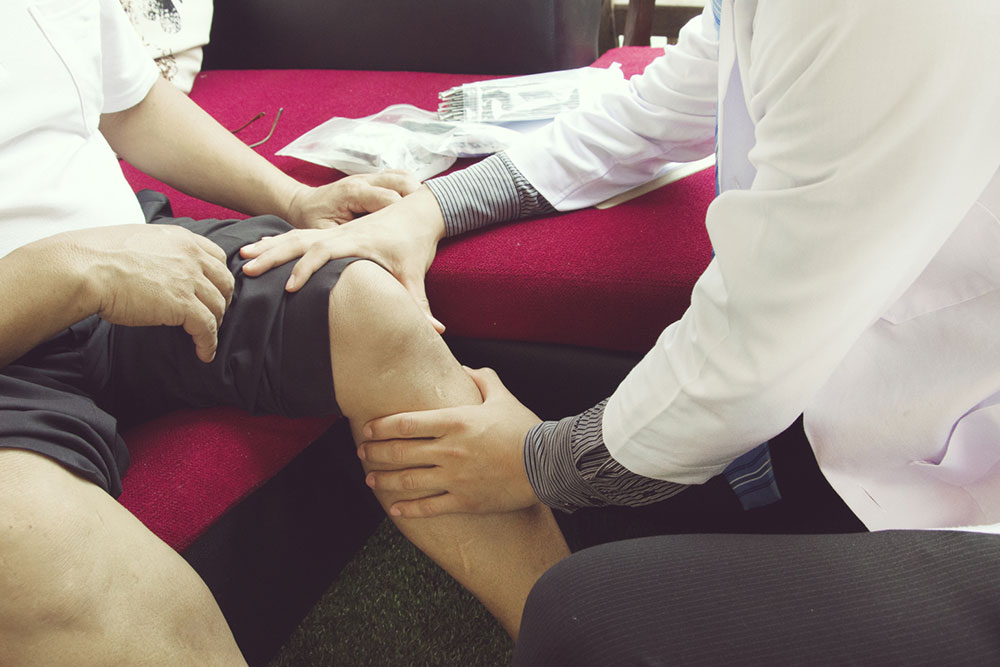8 early warning signs of osteoporosis

Osteoporosis is a medical condition marked by decreased bone mineral density and bone mass, making one more prone to fractures. It is more common among women and individuals over 50. Osteoporosis often does not show any distinctive symptoms, which is why it’s also called the ‘silent disease.’ But there are subtle signs or changes in the body that one may notice, and they should prompt a medical test for early diagnosis of osteoporosis.
Back pain
One may experience back pain for dozens of reasons, which is why this symptom may go unnoticed in osteoporosis. But back discomfort shouldn’t be ignored. In osteoporosis, there’s severe lower or general back pain, a sign of spinal compression fractures, that doesn’t seem to recede with home remedies.
Bone aches
This one is easy to miss or can be discarded as a sign of improper sleeping posture or a result of a desk job. But in osteoporosis, one may experience persistent aches, especially in the hips, wrists, and spine—the most commonly affected areas. One should get the joint pain checked, especially if it occurs out of nowhere, even without any active injury or trauma.
Dental issues
Like other bones in the body, osteoporosis can also weaken jawbones and lead to dental problems like receding gums, tooth loss, or loose-fitting dentures.
Brittle nails
Those suffering from the early stages of osteoporosis may also notice that their nails break easily and that they have lost some of the strength of their grip. This symptom should prompt one to get their bone health checked immediately.
Gastrointestinal issues
Osteoporosis can cause lumbar fractures, which may bring the ribs closer to the pelvis and reduce the abdominal space. As a result, it may give rise to gastrointestinal issues like reduced appetite or feeling full even after eating small portions of food, feeling constipated or bloated, or experiencing belly aches.
Gradual loss of height
Osteoporosis can cause vertebral fractures or compression fractures in the spine, which may make it seem like the person is gradually losing their height. This issue can also give rise to other symptoms like back pain or stooped posture.
Posture changes
As the disease progresses, it often leads to subtle changes in the way one sits or stands. The posture changes can look like a slightly hunched upper back and a forward curve in the spine, which is also termed a dowager’s hump or dorsal kyphosis. A stooped posture may be a result of upper back vertebrae collapse.
Breaking a bone during pregnancy
It’s normal for some people to lose bone density during pregnancy and lactation. The body undergoes several changes during pregnancy, and this sign may go unnoticed as another complication of pregnancy. But if there’s a bone fracture, it can indicate pregnancy and lactation-associated osteoporosis (PLO). Often, people are unaware that they have PLO before pregnancy. Spinal compression fracture or severe back pain is often a telltale sign of the disease.

